ARTICLE AD BOX
Last Updated:July 31, 2025, 16:10 IST
While Dassault Aviation had lobbied for a large Rafale order and proposed setting up a full assembly line in India, the current deal restricts the purchase to 60 Rafale-F4 units

The Rafale fighter jet does not meet fifth generation standards. (PTI Photo)
In the aftermath of Operation Sindoor following the Pahalgam terror attack in April this year, India has been fast-tracking efforts to modernise its air force. During Operation Sindoor, which followed the killing of 26 tourists by Pakistan-backed terrorists in Baisaran Valley of Pahalgam, the Indian Air Force destroyed multiple terrorist camps and damaged a Pakistani airbase.
A key key part of India’s current strategy is the push for fifth generation fighter jets. The focus is now on acquiring advanced stealth fighters both through domestic development and foreign procurement.
India had earlier approved the purchase of 114 fighter jets under the Multirole Fighter Aircraft (MRFA) program, with the Rafale F-4 as the leading contender. But in a major shift, the IAF has decided to prioritise fifth generation stealth aircraft over the Rafale.
This overhaul has split the procurement process into two parts. India will directly buy 60 Rafale-F4 jets from France under a Government-to-Government (G2G) deal. The remaining 54 jets will be acquired from either the US (F-35) or Russia (Su-57), both of which fall under the fifth generation category. The change is aimed at quickly bridging the gap in the IAF’s combat readiness.
The Indian Air Force currently operates with just 31 squadrons, well below the minimum required strength of 42 squadrons. This shortfall is critical, especially as both China and Pakistan are modernising their fleets. China has already inducted stealth jets like the J-20 and J-35, while Pakistan is expected to acquire the J-35.
While Dassault Aviation had lobbied for a large Rafale order and proposed setting up a full assembly line in India, the current deal restricts the purchase to 60 Rafale-F4 units. Some components will be manufactured locally under the Make in India push, with TATA Advanced Systems Limited (TASL) expected to produce major parts like the fuselage.
Although the Rafale-F4 does not fully qualify as a fifth generation jet, it includes modern avionics and electronic warfare systems that edge it close to that category.
Alongside the Rafale deal, India is moving quickly to finalise procurement of fifth generation stealth fighters for two full squadrons. The F-35 and Su-57 are the two leading options since France’s Rafale does not meet fifth generation standards. Russia’s Su-57, a true fifth generation aircraft, remains in contention.
India’s defense strategy now also emphasises domestic capabilities. The focus is on integrating Indian-made avionics, electronic systems, and weapons into any foreign aircraft purchased. This is intended to reduce costs, enhance self-reliance, and build up local defence manufacturing.
At the same time, India’s indigenous fifth generation fighter project, the Advanced Medium Combat Aircraft (AMCA), is still in development. It may take nearly a decade before AMCA is ready for deployment.
To meet immediate needs, the revised MRFA plan will rely on a mix of 60 Rafale-F4 jets, 54 fifth generation fighters, and a stronger push for local production. This realignment may reduce Dassault’s prospects of a large Rafale deal but is seen as necessary to meet the IAF’s urgent operational requirements.
view comments- Location :
- First Published:
News india India Shifts Focus From Rafale To 5th-Gen Fighter Jets Like F-35, Su-57
Disclaimer: Comments reflect users’ views, not News18’s. Please keep discussions respectful and constructive. Abusive, defamatory, or illegal comments will be removed. News18 may disable any comment at its discretion. By posting, you agree to our Terms of Use and Privacy Policy.
Read More



.png)
.png)
.png)
















 19 hours ago
6
19 hours ago
6
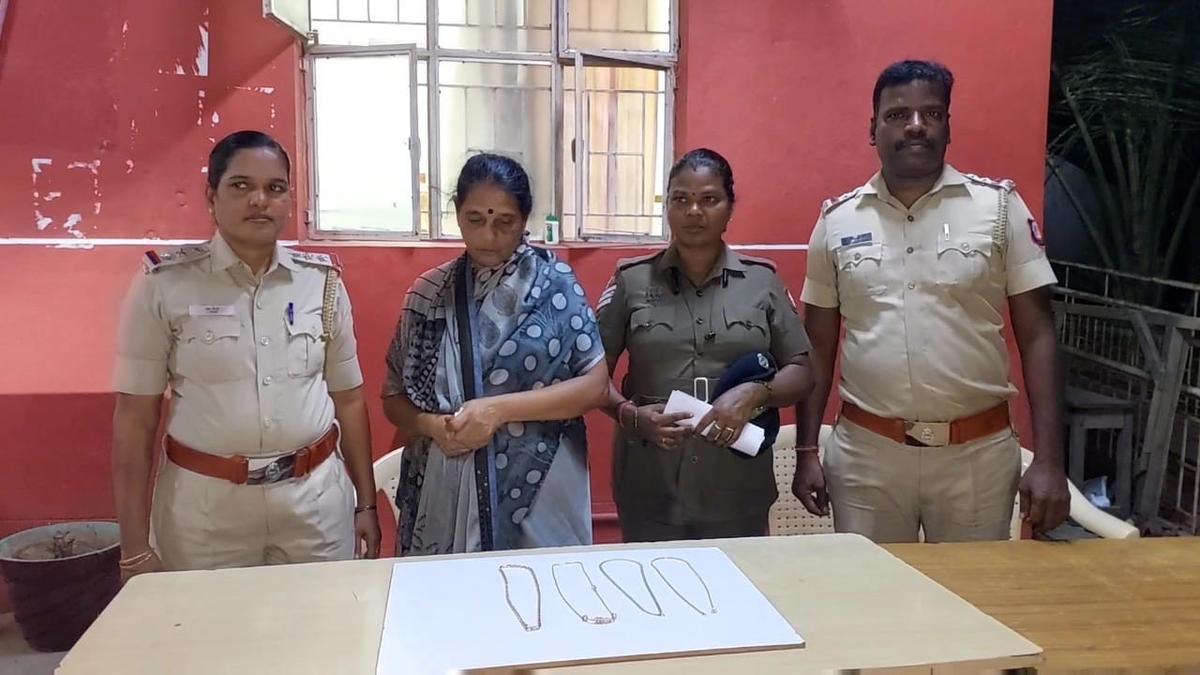
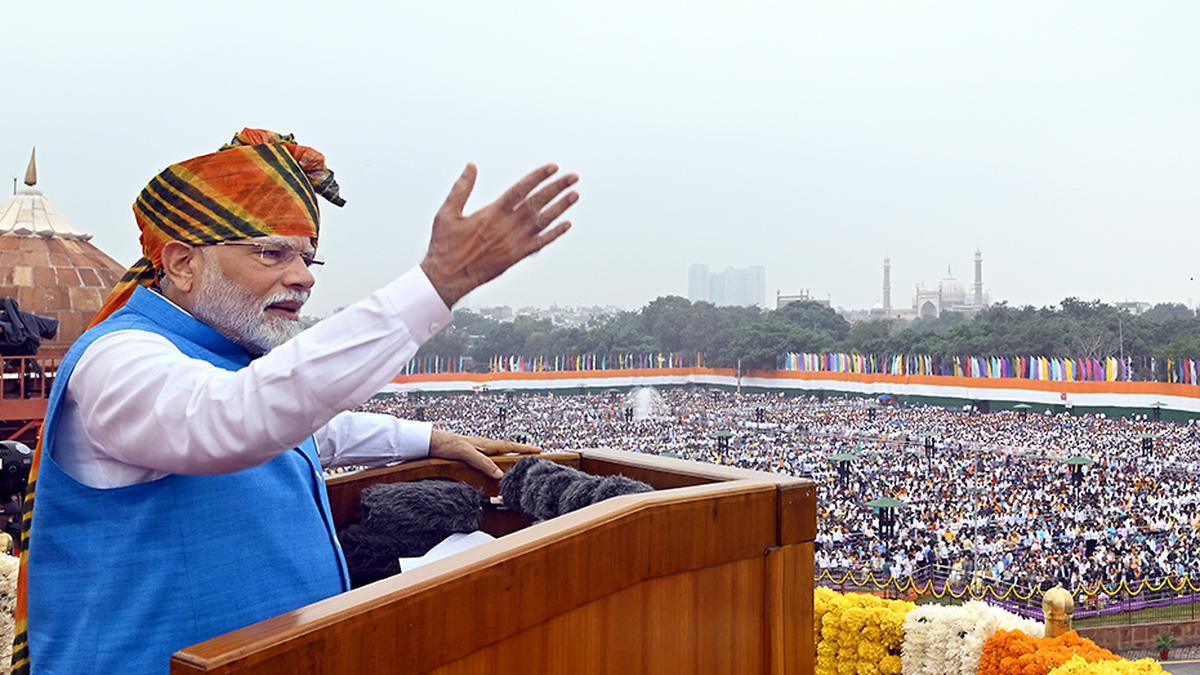
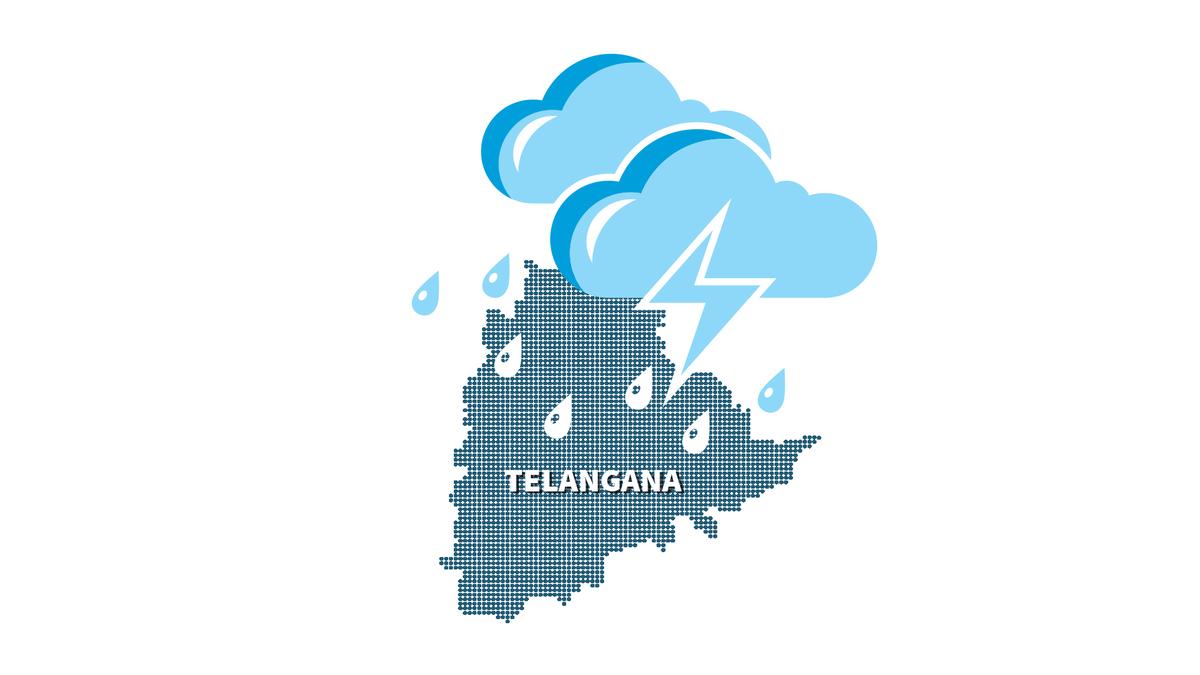



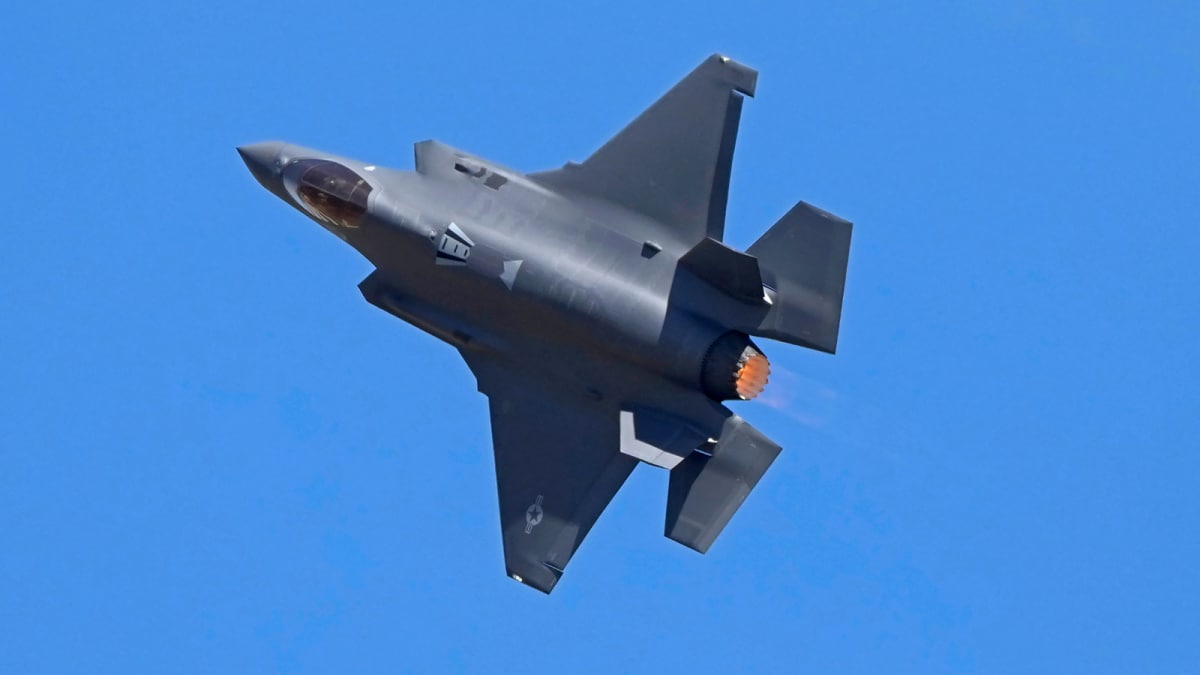
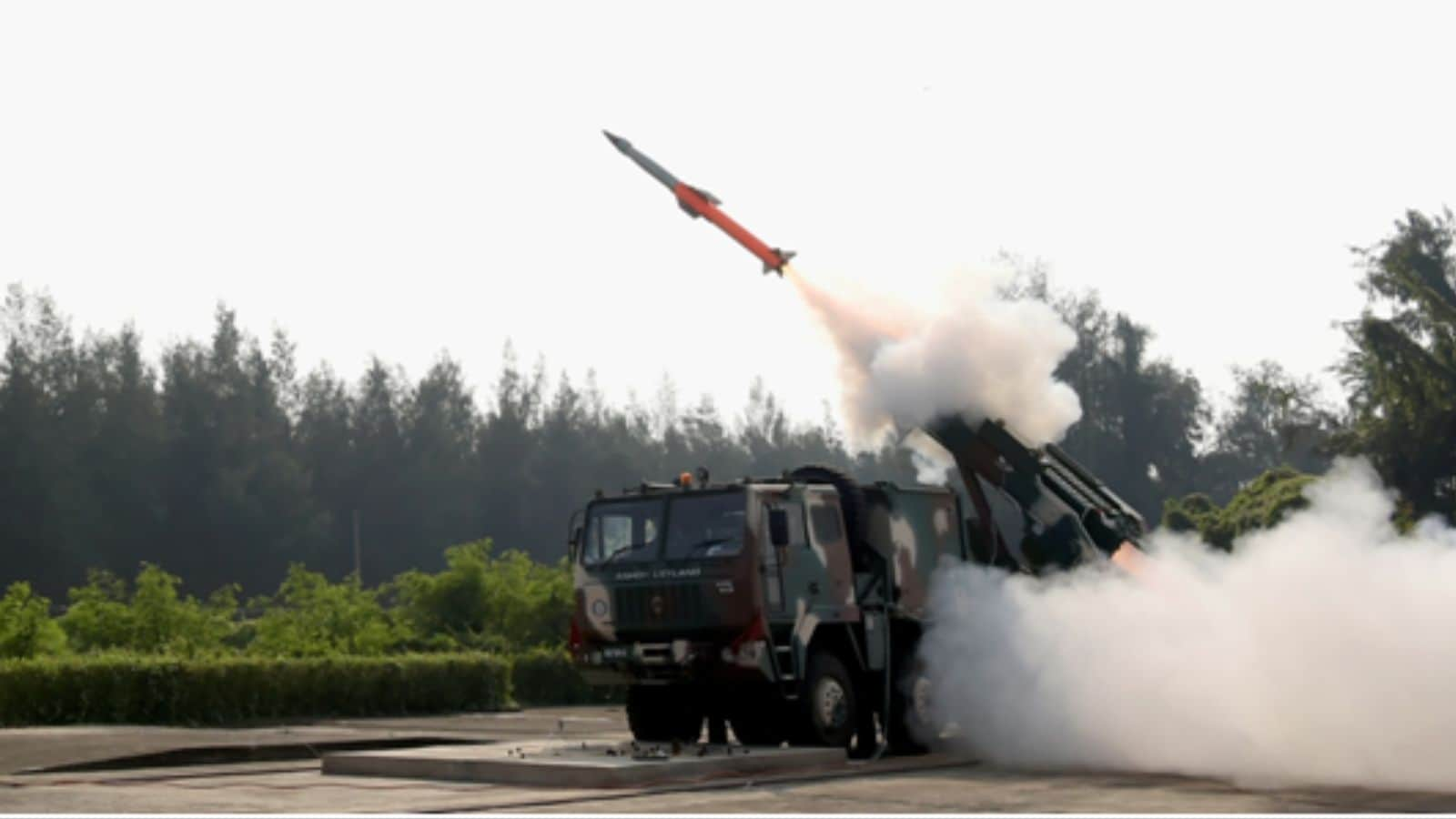
 English (US) ·
English (US) ·